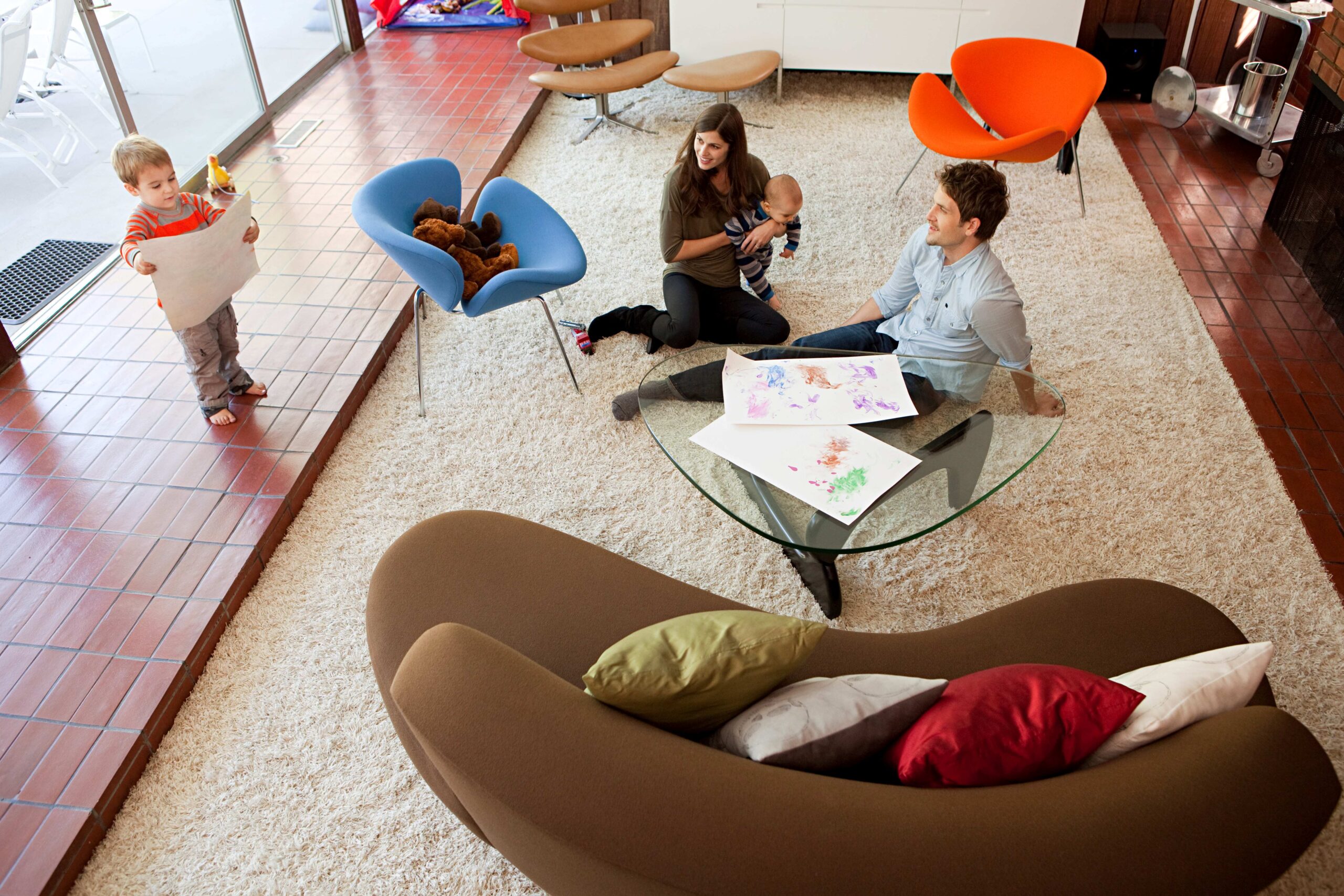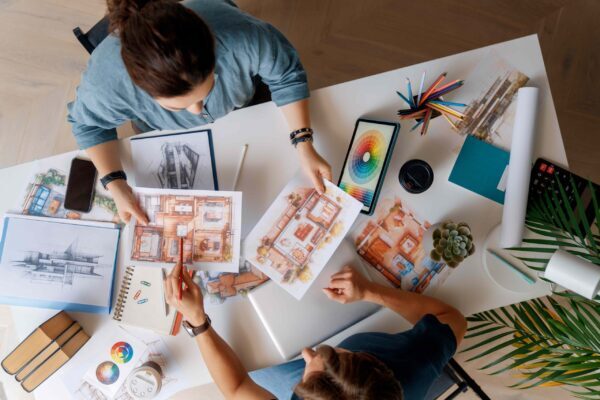In one of the halls of Lancaster University, where the architecture evokes the old order, a group of people gathered who believe that design can change the structure of society. Among them were Professor Cooper, designers with experience in urban planning, user experience researchers, and social policy experts. The question that brought them together was how design shapes social norms and whether it can become a tool capable of offering solutions to complex social challenges.
Design was discussed in this audience not as an aesthetic category, but as a social technology. It was seen as a discipline capable of shaping behavior, reinforcing values, and creating an environment where the interaction between people and objects becomes the basis for a sustainable social order. This definition has long gone beyond the scope of industrial or graphic design. Today, we are talking about systems and services, architecture and digital interfaces, things that affect the daily lives of citizens much more than it seems at first glance.
New Ways of Understanding Design
One of the main ideas discussed at the round table was the sacralization of the everyday. Research shows that even the simplest objects can have a meaning that goes beyond their utilitarian function. What matters is not how they work, but what feelings and associations they evoke. This opens up new perspectives for designers who seek to create connections between a product and the identity of its user.
Another important vector is the end user’s involvement in the design process itself. As systems become increasingly complex, stakeholder participation becomes an important tool for feedback and collective decision-making. This is particularly evident in projects related to the development of products and services for the urban environment, healthcare, or education.
Here are the key approaches that enable design to strengthen its public role:
- Focus on the user as a full participant in the process
- Integration of cultural and emotional aspects into design solutions
- Prioritization of sustainability and inclusion in the choice of materials and usage scenarios
- Recognition of diversity as a resource
- Consideration of long-term social consequences
Some researchers go further and see design as a form of resistance. In Lebanon, for example, design practices were used to support street protests. This resistance was expressed not through slogans, but through form. This approach shows that design can work with politics without resorting to direct rhetoric. It offers a language of symbols and functions that is no less persuasive.
Another critical case is the use of design in rehabilitation medicine. Gaming technologies integrated into the therapeutic process allow patients to engage in physical and emotional recovery. In this context, design solves multiple tasks by creating conditions for human involvement through enjoyment and participation.
Design and Sustainable Development
It is exciting to see how design solutions are becoming part of sustainable development policy. The urban environment is one of the areas most affected by design. It is no longer enough to build or improve it simply. The behavior, habits, and perceptions of residents must also be considered. Research into human interaction with digital and physical elements of urban infrastructure has revealed the need for an interdisciplinary approach. Designers interact with ecologists, engineers, and urban planners to create systems that can adapt to climate change while ensuring social inclusion.
At the same time, there is growing interest in graphic heritage. Visual elements of the city, such as signs, mosaics, and signposts, become carriers of historical memory. They shape the image of a place and strengthen the sense of belonging. Studying these elements allows us to understand the values and meanings that the urban landscape holds. At the same time, graphic heritage is an integral part of cultural policy, and its preservation is a task that can only be solved through competent design.
An essential shift in the discussion concerns age diversity. Studies have shown that the neighborhood in which people live affects the well-being of older people. Spaces designed without considering their needs become a source of social isolation. Age-inclusive design offers new standards: accessibility, ease of navigation, safety, and the opportunity to participate in neighborhood life. These elements can only be ensured when the designer understands the context of the user’s life.
Evaluation methods are being developed to work systematically in this area, including analyzing awards and competitions. A study of a Chinese industrial design award showed that a layer of values lies behind the external criteria of aesthetics, novelty, and functionality. This includes user expectations, attitudes toward innovation, and social and cultural norms. Therefore, evaluating design as a social phenomenon requires understanding broad social dynamics.
Thus, the role of design in society is no longer auxiliary. It becomes a language through which goals can be formulated, priorities set, and values promoted. This is true in both the private and public sectors.
Here are a few areas where the social potential of design is particularly evident today:
- Inclusive design of urban environments and public spaces
- Creation of educational and therapeutic interfaces
- Visualization of public memory through graphics and objects
- Design of systems to support vulnerable groups
- Design as a form of political expression and participation
This multi-layered structure makes design a tool capable of changing the course of events, from the quality of the living environment to how people interact. Today, the main point of growth lies precisely in this dimension, at the level of function and meaning.
Conclusion
Contemporary design goes beyond craftsmanship. It is becoming a discipline capable of systematically influencing social processes. Through objects, interfaces, and environments, it sets new standards for interaction, sustainability, and participation. Its strength lies in its adaptive, culturally sensitive, and user-oriented ability. The question is no longer whether social factors should be considered in design. The question is how to make them the central unit of measurement for the quality of design solutions.

